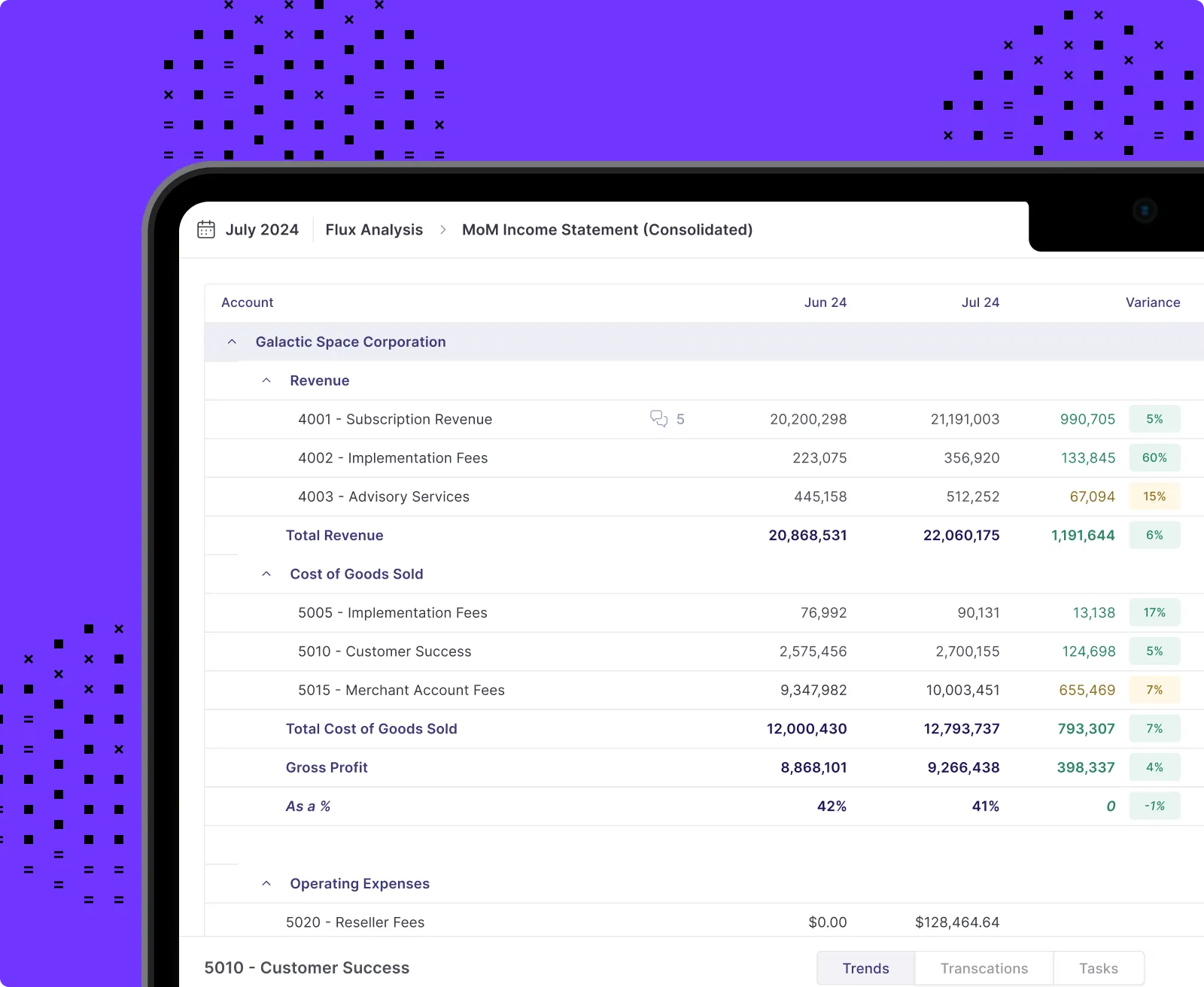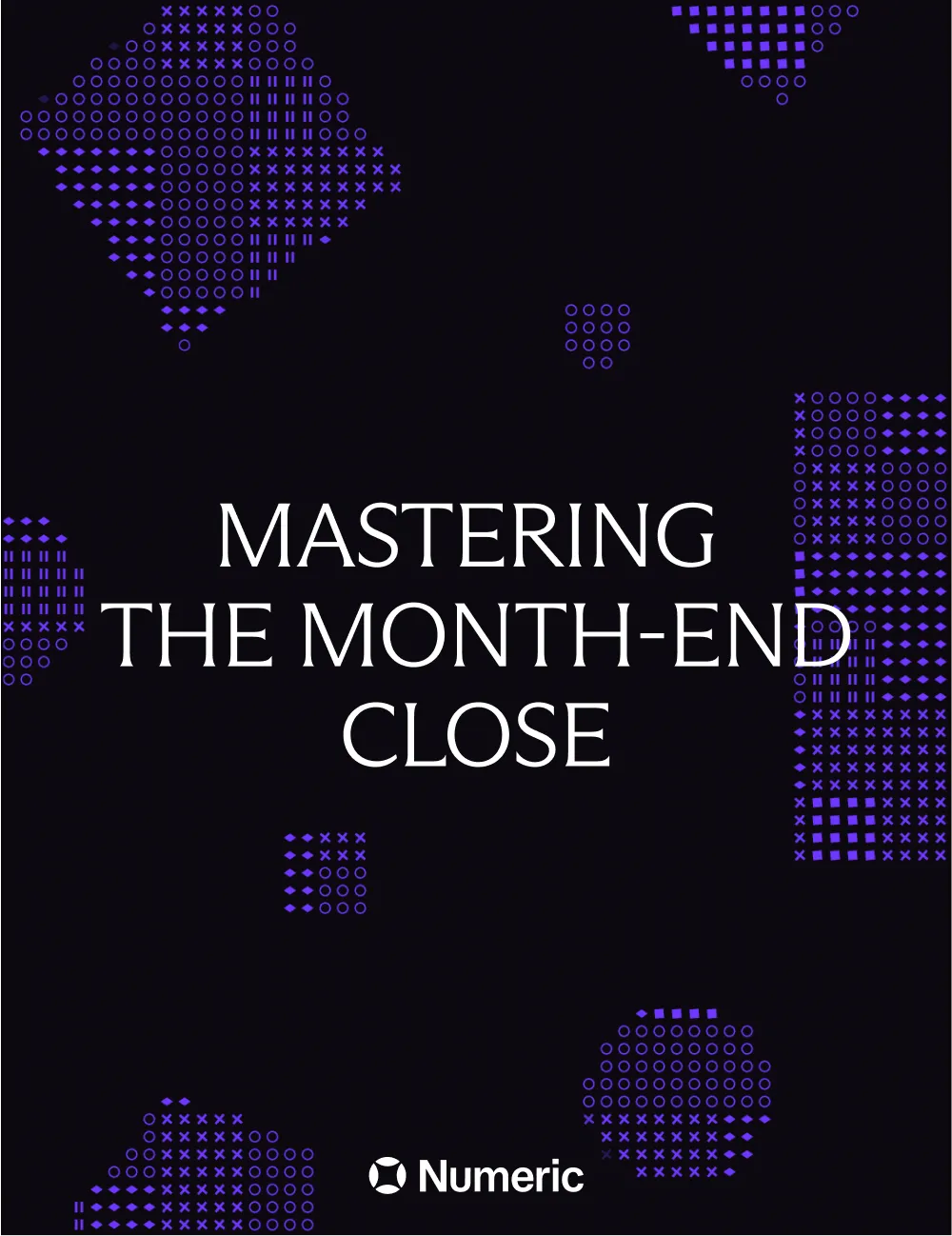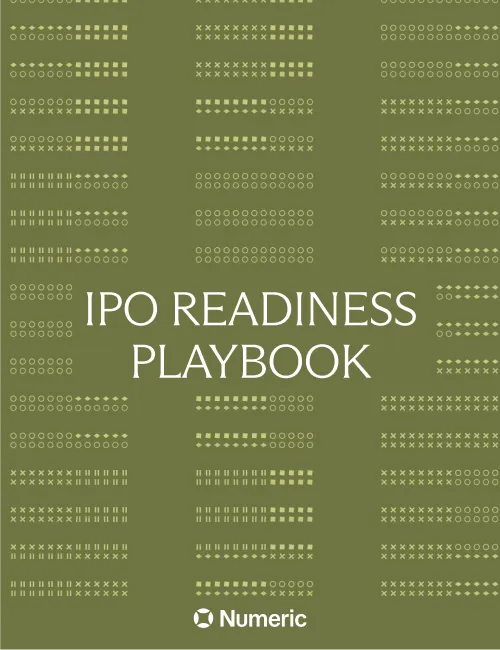5 Accounting Emails You Should Have Automated Yesterday
.webp)
“I went into accounting for the emails” — Said no accountant ever
Sifting through your inbox and sending out the same set of emails on repeat every month isn’t exactly what you had in mind when you first went into accounting.
And yet, for many accountants, email is a core part of the day to day, with the average accountant handling between 100-200 emails per day.
To keep you out of your inbox and into the strategic work that impacts your company, we’ve highlighted 5 emails that you should automate.
1. Team-wide expenses EOM
Even for teams that have invested in spend software like Ramp/Brex, getting employees to submit receipts for spend in the last month inevitably is an uphill battle.
Most accounting teams shoot out a reminder company-wide to prompt employees to upload and categorize receipts ahead of relevant month-end close work.
It’s a predictable email sent at the same time each month to the same set of people — making it prime for automation.
Email Template for Employee Receipts & Reimbursements
Subject Line: Due: Monthly Receipts and Reimbursements
Body:
Hi team,
Please make sure that by the end of day today you've uploaded receipts to your expenses in [[your expense platform]] and uploaded any reimbursements for the prior month.
Thank you for your help keeping our finances on track.
Best,
[Your Name]
2. Expense Accruals for Legal Fees
Given that legal fees are billed in arrears, asks for updated fees to law firms your company is working with is another easily-automatable email sent out each month.
Email Template for Legal Expense Accruals
Subject Line: Request for Legal Expense Accrual
Body:
Hello,
I'm reaching out for an estimate of unbilled expenses for [case/matter name] for this month. This info is needed for our financial records. Please include a summary and estimated costs.
Thanks for your prompt response.
Best,
[Your Name]
3. Expense Accruals for Agencies & Professional Services
Professional services and agencies are yet another area where teams send out emails on a regular basis. For marketing agencies, freelancers, professional services firms, etc. the exact cost each month fluctuates and it’s critical to get the right estimate for accruals.
Instead of manually sending out every month, your team can easily automate this category of emails. Depending on the exact nature of the professional services, these emails may be sent to an internal team member or the firm directly.
Email Template for Professional Services Expense Accruals
Subject Line: Request for Monthly Service Fees Accrual
Body:
Hi [Contact Person's Name],
Could you provide an estimate of fees for services rendered in [Month] for our financial records? Brief details and estimated costs would be helpful.
Thanks for your prompt response.
Best,
[Your Name]

4. Software Cap Information
For tech companies, software capitalization can require project and time estimates from engineering leaders. Instead of manually sending an email each month, a quick automation takes one more task off your plate. Software cap is already hard enough.
Email Template for Software Capitalization
Subject Line: Software Development Costs for Capitalization
Body:
Hi [Name],
For accounting purposes, could you send over this month's time estimate and costs of any external vendors involved in software development?
Thanks for your help!
Best,
[Your Name]
5. Month-end close Status Updates to FP&A / the CFO
A lot depends on the monthly close. FP&A runs with the numbers for forecasts and models, the CFO leverages the data to interpret to the rest of the C-suite— all high pressure and high impact work. Which naturally translates into emails sent to accountants asking about the progress of the month-end close. Will things be late? When will X or Y be complete?
This one’s a bit of a trick case. We recommend you DON’T automate this email.
Instead, eliminate it all together.
By making your month-end close checklist visible to your CFO and the FP&A team, they can quickly gauge progress, any hiccups the team has identified, and even flag misclasses early on if needed.
While inevitably someone will still want an occasional detailed update via email, we’ve seen teams using Numeric extend view-only access to FP&A and CFOs and reduce internal email volume significantly.
Identify Where Your Accounting Team Can Automate

We’ve hopefully kickstarted the list of emails that your team can automate. But ultimately, the exact set of emails you can put on autopilot is highly context and business dependent.
So take a moment and head into the “Sent” folder of your inbox and have your team do the same. Where are you sending the same email to the same set of folks each month?
Then cross reference with your month-end checklist, what tasks require checking-in on a routine basis? Any others prime for automating?
How to Automate Accounting Emails
Now you know what you should automate. So how do you go about sending emails automatically?
We’ll highlight two ways to put emails on auto-pilot during the close.
Automate Accounting Emails Using Zapier
Using the automation tool Zapier, you can schedule emails to be sent out once a month.
- Create a new Zap. Select “Schedule” as your trigger event. Note: You’ll be able to select a calendar day, but not a business day for your email to be sent out each month.
- Select “Send Outbound Email in Email by Zapier”, this will allow you to configure the type of email that you’re sending.
- Publish your Zap
Automate Accounting Emails Using Numeric
While Zapier is a great fix for quick automations, it’s not purpose-built for accounting teams and doesn’t tie back to your month-end checklist.
Using Numeric’s free close management tool, you can tie email automations in with your month-end checklist items and schedule tasks on specific business days.
- Open a task in Numeric and click "Automations" .

- Add recipients, when the email should be sent, and the message body. For the first few sends, teams often add themselves via bcc for confirmation.

And moving forward your emails will be sent with any replies directed back to your inbox. One less manual item filling up your time.
While each email may only take a few minutes to send out, by automating routine emails you’re cutting down on unnecessary work across your team and moving one step closer to a faster close each month.
Related Reading: How to Build the Best Month-End Close Checklist



















.png)
.png)
.png)